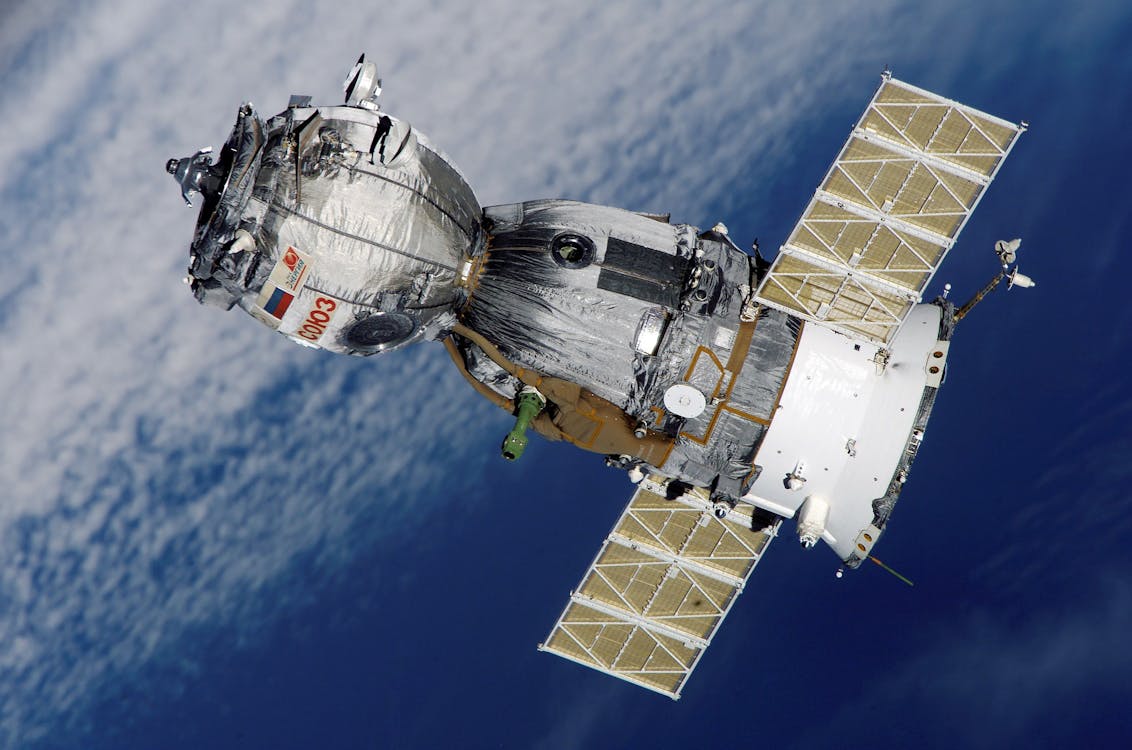Understanding Human Impact Through Satellite Images Historical Comparisons
The ability to observe Earth from space has revolutionized our understanding of the planet, and nowhere is this more evident than in the use of satellite images for historical analysis. The phrase “satellite images historical” refers to the growing collection of archived satellite data that allows scientists, researchers, and everyday users to view how landscapes, cities, and ecosystems have changed over time.
These images offer more than just aesthetic value — they provide concrete, data-backed evidence of transformation, whether it's deforestation in the Amazon, the retreat of glaciers, or the expansion of megacities across decades.
Historical satellite imagery is particularly valuable for tracking environmental changes. With data sets going back as far as the 1970s, researchers can analyze long-term trends in climate change, such as the shrinking Arctic ice sheet or the desertification of previously fertile lands.
These visuals often pack more punch than charts or spreadsheets, offering a visceral, eye-opening representation of change. For instance, side-by-side images from different decades can show how entire coastlines have eroded or how rivers have shifted their paths. This kind of insight is essential for crafting policies on environmental preservation, land use planning, and climate resilience.
Beyond environmental applications, satellite images historical are also used in archaeology, urban planning, and disaster response. Archaeologists use archived satellite images to identify ancient structures or lost cities, especially in regions difficult to access on foot.
Urban planners use them to understand the patterns of sprawl, infrastructure development, and population density shifts. Emergency services and disaster relief agencies rely on historical satellite data to assess damage patterns from previous events and prepare more effectively for future catastrophes. The sheer versatility of this technology speaks volumes about its growing role in both academic research and practical problem-solving.
Accessing and Using Historical Satellite Imagery
For many years, accessing historical satellite images was limited to government agencies and specialized research institutions. But today, advancements in technology and open-data initiatives have made these resources far more accessible. Platforms like Google Earth Engine, NASA's Worldview, USGS Earth Explorer, and the European Space Agency’s Copernicus program offer public access to decades’ worth of satellite imagery.
Users can search by location, date range, and satellite images historical source to retrieve images that suit their needs. These platforms often come equipped with analytical tools that allow for vegetation indexing, thermal monitoring, and land cover classification.
One of the most popular sources of historical satellite imagery is the Landsat program, a series of Earth-observing satellites jointly managed by NASA and the USGS. Since 1972, Landsat satellites have been capturing continuous data of Earth’s surface, making it the longest-running enterprise of its kind.
This archive is a goldmine for researchers and analysts seeking to understand trends over long periods. Similarly, the Sentinel satellites launched by the ESA offer high-resolution, multi-spectral data that complements Landsat’s archive and fills in more recent gaps with increased frequency.
While accessing the imagery is becoming easier, interpreting it still requires some level of expertise. Raw satellite data is often complex and layered with different spectral bands. Users need to understand how to read multispectral images, apply false-color composites, and utilize geospatial software like QGIS or ArcGIS to draw meaningful conclusions.
That said, many educational platforms and tutorials now exist to help beginners navigate this rich field. As AI tools become integrated with satellite data platforms, we can expect analysis to become more intuitive, automated, and user-friendly over time.
The Future of Historical Satellite Imaging
The future of satellite images historical looks brighter than ever, especially as satellite technology continues to evolve rapidly. Modern satellites now offer much higher spatial and temporal resolutions, capturing finer details and doing so more frequently. This means that the historical records being created today will be even more valuable in the decades to come. From monitoring biodiversity loss to assessing urban heat islands, the insights that future generations will be able to glean from today’s data are profound.
Commercial satellite companies are also entering the arena, adding vast amounts of high-resolution imagery to the public and private archives. Companies like Planet Labs, Maxar Technologies, and Airbus provide near-daily satellite updates with resolutions that can capture details as small as 30 centimeters. These images are often used by news agencies, NGOs, and researchers who require real-time or highly localized historical comparisons. While access to these premium datasets often comes at a cost, their integration with public databases helps create a fuller picture of our changing world.
In the long term, the convergence of satellite imaging with AI, big data analytics, and cloud computing will revolutionize how we interact with satellite images historical. Imagine an AI model capable of instantly pulling up a location’s environmental changes over 50 years and predicting future shifts based on climate models and urban trends.
That future isn’t far off. As more historical satellite images become digitized and analyzed, our ability to understand and protect our planet will only become more precise and impactful. The past, viewed from space, holds lessons and warnings that are becoming increasingly difficult to ignore — and thanks to satellite technology, we have a front-row seat.

